Premium Only Content

NASA Discovered Seven Earth-Like Planets That Can Support Life
NASA has discovered seven Earth-like planets in habitable zone orbiting a nearby star. The system is in the Aquarius constellation, 40 light years away. Because the star is cool, even planets close to it could have liquid water. In addition, their densities suggest that they are rocky like the Earth.
NASA says they are the most promising potentially habitable Earth-sized worlds. The system is named TRAPPIST-1 after the telescope that found it. Astronomers working with NASA’s Hubble Space Telescope have analysed the atmospheres of two Earth-sized exoplanets beyond our Solar System, concluding that they might be ideal for fostering life.
Out of the seven new exoplanets that may be capable of supporting life as we know it, the two most Earth-like alien worlds are most promising.
The findings suggest that the two exoplanets, TRAPPIST-1b and TRAPPIST-1c, do not have hydrogen-based atmospheres, which the team says would make them inhospitable, as hydrogen-dense atmospheres usually lead to a devastating greenhouse effect.
In addition, the lack of a smothering hydrogen-helium envelope increases the chances for habitability on these planets, team member Nikole Lewis, from the Space Telescope Science Institute in the US, said in a report statement.
The study took took place when both of the planets were in front of the star at the same time, an event known as a ‘double-transit’ that only happens once every two years. With both of the planets visible, the team was able to use spectroscopy to find clues as to what their atmospheres are made of. While the exact chemical makeup is still unclear, the team says they were able to rule out that the atmospheres contain high levels of hydrogen and helium, which increases the chances that they might harbour life.
-
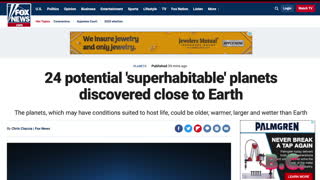 1:10
1:10
B.C. Begley
4 years ago $0.01 earned24 potential 'superhabitable' planets discovered close to Earth
59 -
 0:43
0:43
Just the News
4 years agoNASA launches historic Mars rover Perseverance
8.54K2 -
 0:25
0:25
WFTX
4 years agoCompanies that support BLM
2432 -
 1:41
1:41
CoverVideo
5 years ago $0.04 earnedFormer NASA scientist claims they found life on Mars 40 years ago
1.24K -
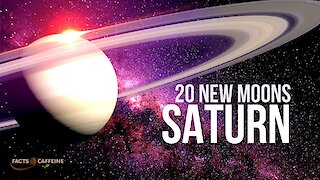 2:22
2:22
w3caffeine
5 years ago $0.34 earned20 new moons around Saturn discovered by astronomers
1.09K -
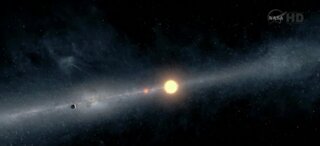 0:34
0:34
KTNV
4 years agoPlanet Protocol helps NASA discover new planets
102 -
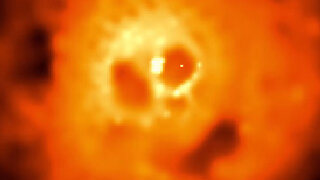 0:52
0:52
CoverVideo
5 years ago $0.11 earnedHalloween in space: Creepy entities discovered in the universe
1.67K -
 5:07
5:07
rumblestaff
4 years agoStunning Flyover of Jupiter Created From NASA Juno Imagery
1.52K4 -
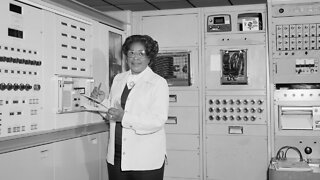 1:53
1:53
Newsy
4 years agoNASA Renaming D.C. Headquarters After Mary W. Jackson
5.58K3 -
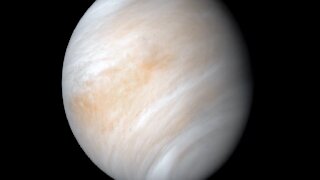 1:42
1:42
rumblestaff
4 years agoPossible Signs of Life Found On Venus
3392